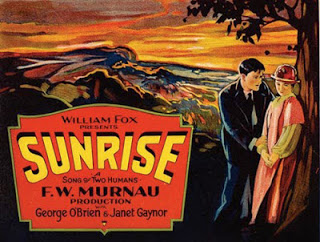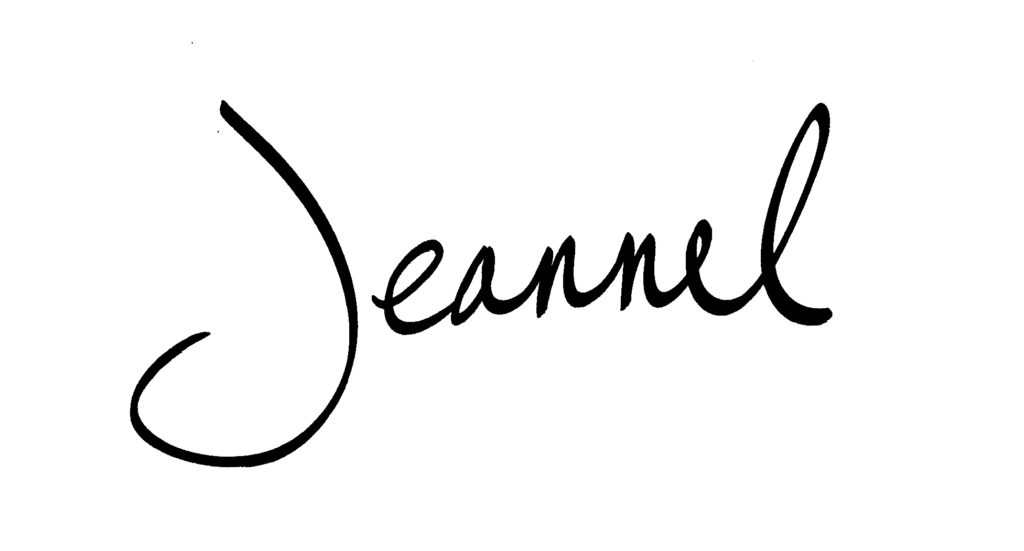My most prized possession is made of plastic.
To be more precise, my most prized possession is a DVD transfer of a VCR recording of my dad accompanying the silent movie classic, Sunrise, in the Avenue Theater in San Francisco.
And that DVD has taught me an important lesson about graphic facilitation.
The Art
You see, my dad would accompany silent movies on the pipe organ in this movie palace… and he would make it all up as he went. True, he had this amazing music library in his head that he could draw from… and he was a skilled musician… but it wasn’t like he could go to Netflix and stream a copy of the film before showtime to pre-compose the musical score he’d play. Nope, he had to make it all up on the spot, based on what he knew about the movie from what he was able to read about the plot in a movie book, and from what he saw unfolding on the giant silver screen above his head.
From the time I was four years old to the time I was “too cool for school,” we’d spend our Friday and Saturday nights at “The Avenue” watching him do this for all sorts of silent movies. If you’ve never experienced it, it’s pretty darn amazing.
And the only artifact I have of the hundreds of movies that my dad accompanied is this one plastic DVD of him accompanying “Sunrise,” by F. W. Murnau. (It’s one of the greatest – if not THE greatest – silent movie ever made.)

But the graphic facilitation lesson didn’t come until years later, when I started sharing that video with other people.
The Klunker
You see, my dad trained me as a musician. So I’ve got a trained ear. And when something’s off-pitch, or someone “plays a klunker,” I hear it. More than that… I feel it the same way others might feel the sound of nails on a chalkboard.
And at the end of this DVD, in the very last chord of the entire accompaniment, my dad plays a klunker.
He catches it quickly and lifts the chord back into key… so it’s there for only a tenth of a second… but it’s there, and I hear it every time. Out of the entire amazing performance that he basically pulls out of his ass, THAT’s the thing I focus on.
So when I share this video with friends to let them experience the magic of a real-time accompaniment to a silent movie classic, EVERY time I’d find myself saying the same thing:
“Sorry about that klunker at the end!”
And EVERY time the folks who just finished watching the video would say with a choked voice and tears streaming down their faces (because it’s a POWERFUL movie):
“What are you talking about? That was amazing!”
And it IS amazing. The movie is arguably one of the greatest (if not THE greatest) silent movie of all time. And my dad weaves together a score that is (in my totally biased opinion) simply perfect for what’s happening on the screen… and in the hearts of the audience. More than that: he plays his heart out for that film. As they say in the performing arts, he left everything on that stage.
The Lesson
So why do I feel compelled to point out the single flaw in the entire performance… and to apologize for it?
After all, my dad didn’t apologize for it.
At the end of that chord, that last moment of the movie, the music gets swallowed up by thunderous applause and the camera angle widens to catch my dad turning to the audience just beaming with pride as he gives the pipe organ a few pats with his hand. It always makes me think of the end of the movie, Babe, where Farmer Hoggett looks down at Babe the pig at the end of the sheepdog match – full of pride – and says his highest words of praise:

And every time I see my dad at the end of that performance, I know it’s one of the best moments of my dad’s life.
Even with the klunker.
So when you are working as a graphic recorder or graphic facilitator, creating magical experiences out of thin air, don’t get obsessed with the “klunker.” The momentary misstep. The misspelled word. The goofily drawn character. The image that started as one thing and had to turn into something else. It’s easy to correct… and everyone else is lost in the magic.
If you let it, it could be one of the best moments of your life, too!
I cannot wait to see what you draw forth,


